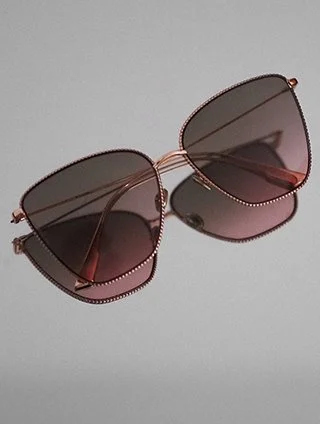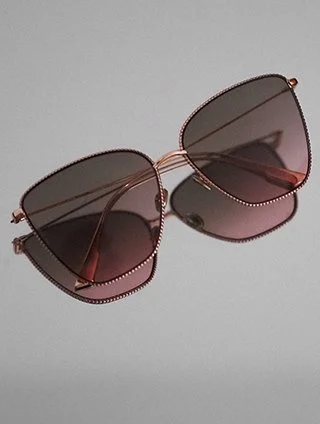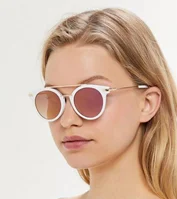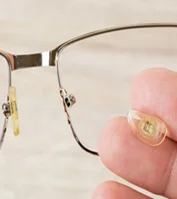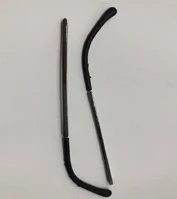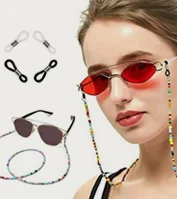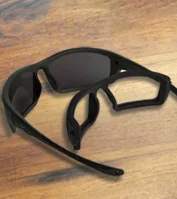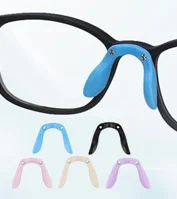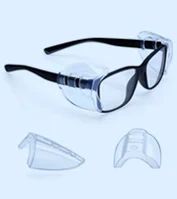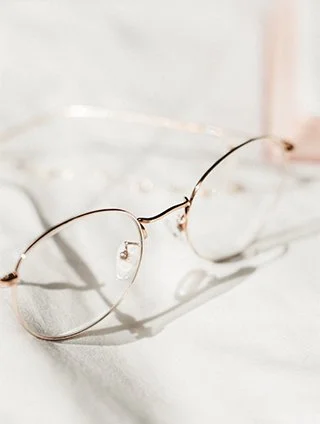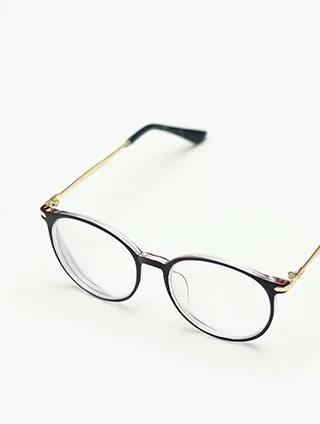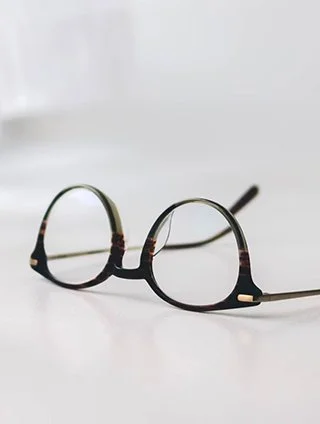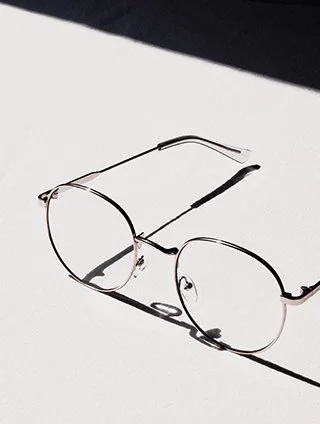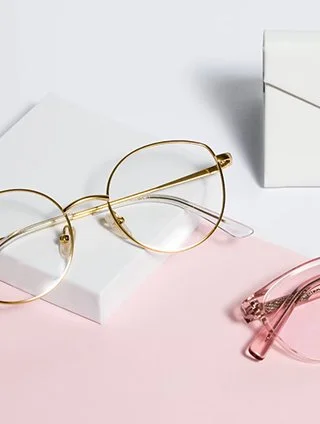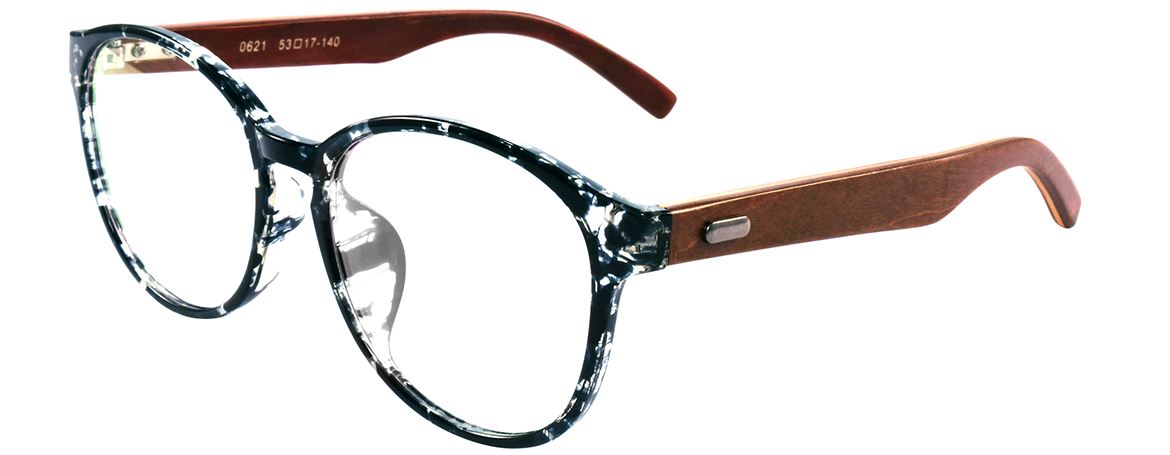The decisions we make daily can have an enormous influence in a society where environmental sustainability is becoming more and more important. Eyewear is one market where environmentally friendly and sustainable choices are becoming more and more popular. These choices for eyewear provide good eyesight, and fashionable styles, and help lessen our environmental impact. As customers grow more conscious of the environment, there is a significant increase in demand for eyewear created from sustainable sources, recycled materials, and eco-friendly production procedures.
Let's explore the world of environmentally friendly eyewear, highlighting the advantages of selecting sustainable eyewear and innovative methods guiding the market for eyewear toward a more environmentally friendly approach and environmentally friendly future. You can find a variety of eco-friendly options in the sustainable eyewear market, whether you require readers, sunglasses, or regular spectacles.
Understanding Sustainable Eyewear
A subset of sunglasses and eyeglasses known as "sustainable eyewear" are made with a strong commitment to reducing their environmental impact. This incorporates all aspects of the lifetime of eyewear manufacture, from procurement to making to disposal, and goes beyond the materials utilized in frames and lenses alone.
Using eco-friendly materials such as bamboo, reclaimed wood, reused plastics, recyclable acetate, and metals that come from responsibly produced sources is a top priority for sustainable eyewear. These materials decrease environmental effects while reducing dependency on virgin resources. For instance, a sustainable eyewear company uses recycled ocean plastic to make chic eyeglasses that both support marine protection efforts and look attractive.
See our “Trendy sunglasses that are also sustainable and eco-friendly?” for all about sustainable sunglasses.
The Effects of the Eyewear Sector on the Environment
Eyewear is so common that it is surprising how much trash and environmental damage it causes. The majority of traditional eyeglass frames are made of recyclable plastics and other substances, which adds to the startling amount of garbage that ends up in landfills and the ocean.
In actuality, the production of eyewear harms the environment. Acetate waste in the eyewear industry can reach up to 75%, according to Common Objective, a global sustainability network. By 2032, it is anticipated that the worldwide eyewear market will have grown to a value of US$ 206.1 billion (or roughly AU$ 320 billion), with plastic eyewear holding a significant portion of the industry.
The market analysis predicts that over the coming years, the amount of plastic used in eyewear products will rise, indicating a sustained dependence on a renewable energy manufacturing technique. Carbon emissions are produced during all stages of the eyeglass-making process, including raw material extraction, manufacturing, and shipping.
The environmental impact is further increased by chemical treatments and water-intensive dyeing procedures. Furthermore, when these plastic eyewear frames are thrown away, they leak dangerous microplastics into the ground and bodies of water. This has an impact on marine life and poses health hazards to humans by entering the food chain.
The need for eyewear will only grow because of things like changing fashion trends and an increase in vision-related problems. Studies predict that by 2050, half of the world's population will require vision correction, which will lead to an increase in the waste produced by the sector. This exponential expansion exacerbates global warming and loss of biodiversity by releasing pollutants into the atmosphere and depleting natural resources.
Why is Eco-Friendly Eyewear so Important?
Brands of sustainable eyewear are dedicated to lowering their manufacturing carbon impact. This could entail recycling water, using energy-efficient manufacturing plants, and implementing environmentally friendly packaging techniques.
- Materials: Using environmentally friendly materials such as bamboo, repurposed wood, reused plastics, recyclable acetate, and ethically sourced metals is a top priority for sustainable eyewear. These materials decrease environmental effects while reducing dependency on the natural resources.
- Eco-Friendly Production: Brands that promote sustainability in eyewear manufacturing are dedicated to lowering their manufacturing carbon footprint. This could entail recycling water, using energy-efficient production facilities, and implementing environmentally friendly packaging techniques. A sustainable eyeglasses company uses water recycling systems, minimally uses recyclable packaging made of post-consumer materials, and runs its production facilities using renewable energy sources.
- Durability and Repairability: Eco-friendly eyewear prioritizes repairability over disposability in its long-term design. By using this method, eyewear lasts longer and requires fewer replacements over time. Eyewear company allows consumers to mail in broken glasses for repairs rather than throwing them away via a dedicated repair service.
- Environmental Projects: A lot of sustainable eyewear companies donate a portion of their earnings to environmental causes including wildlife protection, tree planting, and the cleanup of plastic waste. A company that produces eco-friendly eyeglasses contributes a portion of its profits to a reforestation initiative, which helps to mitigate carbon emissions and save natural environments.
What Components Go into Making Environmentally Friendly Glasses?
Many ecologically safe supplies are used for specifications besides inexpensive metal and plastic.
Bio-Acetate
Bio-acetate is a naturally occurring substance found in wood fiber and cotton linters, despite being classified as plastic. This substance resembles conventional acetate, but it also contains renewable components. Because bio-acetate frames decompose naturally, they can be disposed of safely. Besides, bio-acetate is petroleum-free, and harmful substances like phthalates are absent from it.
Resin Made by Plants
A portion of the 40% vegetal resin used to make some eyeglasses comes from castor oil. It's a fantastic substitute for thermoplastic since it produces a strong, lightweight, and flexible frame. Because of its durable nature, this material is good for lowering carbon footprint.
Materials Recycled
Water bottles and fishing nets are examples of old plastics that can be recycled into eyeglass frames. Recycled plastic is a more environmentally friendly option than virgin plastic. To further lower carbon production, manufacturers frequently blend recycled plastic with fibre wastes from plants like hemp and rice. There are also recycled stainless steel glasses like Lacoste glasses. They have the same aesthetic appeal and longevity as modern steel construction. These frames also lessen the amount of metal that is wasted in the landfill.
Wood
Wood temple glasses: Certain fashion eyewear producers use wood from sustainably managed forests. They might also use repurposed or reclaimed timber. This material is a great sustainable choice for athletes who participate in water activities because it is lightweight and floats.
Wood Temple Wayfarer RX Eyeglasses Frames 0621
The Advantages of Using Eco-Friendly Prescription Glasses
Choosing environmentally friendly prescription eyewear has many benefits. First of all, it drastically lowers your carbon footprint while giving you the exact and clear vision you need. Additionally, eco-friendly prescription glasses frequently have additional benefits like blue light glasses, which are essential for reducing eye strain from using digital devices for extended periods. Last but not least, these glasses rival conventional prescription glasses in both function and elegance thanks to an unmatched combination of quality and design. As such, people are no longer forced to compromise on their personal style or visual clarity.
For individuals looking for environmentally friendly reading glasses, the selection is just as strong. Many companies have adopted the sustainable philosophy and are selling environmentally friendly reading glasses made of sustainable materials. For example, Eight to Eighty's reading glasses seamlessly combine design and utility, improving reading enjoyment and supporting eco-friendliness. By making these environmentally friendly decisions, you can enjoy reading with pleasure and actively support the health of our planet.
The Positive Effects of Green Glasses on the Environment
In the fashion industry, sustainability is more than just a catchphrase; it's a dedication to the environment and future generations. Sustainability has become more and more important as the environmental situation gains attention, and this also applies to eyewear. Green prescription glasses demonstrate that we can avoid harming the environment for elegance by combining fashion and environmental awareness.
Producing Environmentally Friendly Frames: Biodegradable to Recycled
A set of eco-friendly glasses has a journey that starts long before they are placed on the display racks. The materials are the first step, and they are carefully chosen to minimize environmental damage. Every pair of frames tells a tale of waste converted into wonder, whether they are fashioned from fishing nets that were discarded or even agricultural waste. The frames are made from reused plastic bottles that formerly sailed in our oceans.
Nowadays, a lot of firms are exploring the world of biodegradable alternatives besides recycled materials. These are eyeglass frames that, when thrown away, will not linger in landfills for decades; instead, they will break down organically with no effect on the environment. This shift is being led by materials such as frames constructed from organic materials like flaxseed or bioplastics, which are manufactured from plant-based polymers.
The manufacturing stage is included in the sustainable process. Numerous environmentally concerned eyewear companies use water- and energy-efficient production techniques, as well as renewable energy sources. Essentially, the production of every pair signifies a dedication to using minimal impact on our globe.
The Effect on the Environment: Contrasting Ecological and Conventional Glasses
Eco-friendly glasses must be compared to their traditional counterparts to be fully appreciated. Standard eyewear frequently uses substances like plastics, which add to the growing problem of plastic waste since they not only require a lot of fossil fuels to create but also linger in the environment.
Furthermore, dangerous dyes and chemicals used in manufacturing might seep into the environment endangering ecosystems and human health. On the other hand, sustainable eyewear significantly lessens these environmental footprints. Recycled materials reduce the amount of resources taken from the planet. Less persistent waste results from using biodegradable solutions.
Toxin-free materials and dyes also guarantee a safer environment in which to interact. Additionally, a lot of eco-friendly eyewear companies take a comprehensive approach to sustainability, implementing "take-back" schemes where old spectacles are recycled or upcycled, mitigating their carbon footprints, or even funding reforestation activities.
Why It Makes Sense to Wear Eco-Friendly Glasses?
Making judgments that are in line with our ideals and the common good is incredibly wise in a world full of options. Such intelligence is evident in the design of eco-friendly glasses as well as the wider implications of selecting them. Let's examine why choosing eco-friendly glasses is a wise choice for the environmentally conscious customer as well as the environment.
Long Term the Financial Sense
It might be argued that more expensive products are more environmentally friendly. Even though the initial outlay may occasionally be greater, it's important to take the overall economic environment into account. When made with endurance and quality in mind, eco-friendly glasses frequently outlast their less expensive, mass-produced rivals.
Over time, its longevity results in savings because it requires fewer replacements. Furthermore, prices are rising in competition with the increasing need for sustainable products and advancements in technology. Purchasing sustainable glasses as a customer also helps businesses and brands that care about the environment, creating a marketplace where sustainable solutions are the standard rather than the rare case.
Benefits To Your Health: Looks Matters
A large portion of everything our skin comes into touching is absorbed by it. Traditional eyewear can be dangerous because it is constructed of synthetic materials and perhaps toxic dyes. Continued contact with these substances may result in allergies, skin reactions, or even more serious health issues.
Conversely, natural, hypoallergenic materials are frequently used in the creation of eco-friendly spectacles. For example, bamboo is a great material for frames because it's resistant to bacteria and sustainable. Another option that is safe for the skin is plant-based bioplastics, which are free of dangerous chemicals. So, selecting eco-friendly glasses is a decision that affects both your health and the environment.
Creating a Responsible Consumer Identity
In the digital age, our choices and the businesses we support say a lot about our ideals because social identity is just as important as one's offline identity. Choosing eco-friendly eyewear makes a statement. It communicates your awareness, concern, and ability to make wise decisions.
Furthermore, businesses that place a high priority on ethical and ecological practices tend to build stronger relationships with their customers at a time when brand loyalty is waning. By deciding to buy eco-friendly glasses, you join a group of progressives, environmentalists, and people who support using consumer power to affect positive change.
What Makes Eyeweb Unique?
Constructed with sustainable, recyclable, recycled, and eco-friendly materials, such as recyclable lenses and nose pads, recyclable titanium and aluminium, and recycled water bottles.
- All the materials used in our packaging, including biodegradable poly bags, recycled polyester pouches, and cleaning cloths are 100% recyclable and recycled.
- We have stunning frames that will be cherished for a lifetime using the best materials and production processes.
- In keeping with and upgraded with current fashion trends, our collection offers a wide choice of designs, temple types, lenses, colors, and prints.
- As part of its mission to give back to society, Eyeweb employs people in the area who collect rubbish and plastic to help them support their families.
Let's Redesign Eyewear for the Future.
Here are a few minor details that have a tremendous impact on our sustainable eyewear.
Environmentally Friendly
Our entire line of cases, cleaning cloths, and eyewear is composed of recycled materials.
Sturdy
Thanks to our creative upcycling technique, our eyewear is made of sturdy materials.
- UV Defense
Our premium Rx sunglasses offer complete UV protection.
Durable
Our entire line of cases, cleaning cloths, and eyewear is composed of recycled materials.
Aluminium
The least harmful metal to the environment is because it is recyclable without deteriorating.
Final Words
The emergence of environmentally friendly eyewear represents more than simply a change in style; it reflects a larger shift in society toward sustainable development and mindful consumption. Eco-friendly eyewear stands out as a mark of dedication to our planet as well as its visual appeal in this ever-grown fashion world. Every purchase and decision to use environmentally friendly eyewear contributes to a unified voice that puts the environment first. As more companies adopt environmentally friendly products and procedures, we may see a time when sustainable fashion will become the norm rather than the exception. It serves as an indicator that each accessory we select can reflect our ideals and influence the society in which we live.




